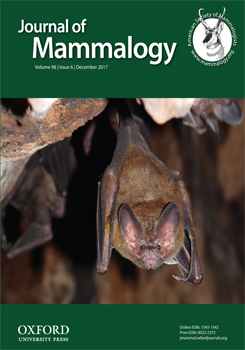Drinking water is a critical resource for hibernating bats and its importance may be further increased when disease affects water balance. White-nose syndrome (WNS), a fungal disease that causes dehydration and electrolyte imbalance in bats, is associated with high mortality rates of several hibernating bat species in North America. Aside from restoring water balance, hibernaculum water sources may also provide minerals to bats, which could contribute to restoring electrolyte balance and reducing the impacts of WNS. However, hibernacula water sources may also be a source of toxic elements, such as heavy metals. We collected water samples from 12 hibernacula in New Brunswick, Canada, and determined the concentrations of 18 elements in each water sample (n = 103 samples). Aluminum, barium, calcium, chloride, magnesium, manganese, potassium, and sodium were the most common elements detected, with concentrations of aluminum, lead, and manganese above drinking water recommendations (developed for human consumption) in some samples. The concentrations of electrolytes in cave water were orders of magnitude below therapeutic concentrations. Sampling period (early hibernation, late hibernation) did not affect results, but water profiles differed among sites and sample types within a site (running water, standing water, ceiling drip, and ice). The water profiles we recorded in our study suggest little potential for secondary consequences of drinking water, whether positive (i.e., electrolyte or mineral supplementation) or negative (i.e., heavy metal contamination).
How to translate text using browser tools
8 September 2017
Hibernacula water chemistry and implications for hibernating bats
Karen J. Vanderwolf,
Donald F. McAlpine,
Liam P. McGuire
ACCESS THE FULL ARTICLE

Journal of Mammalogy
Vol. 98 • No. 6
December 2017
Vol. 98 • No. 6
December 2017




